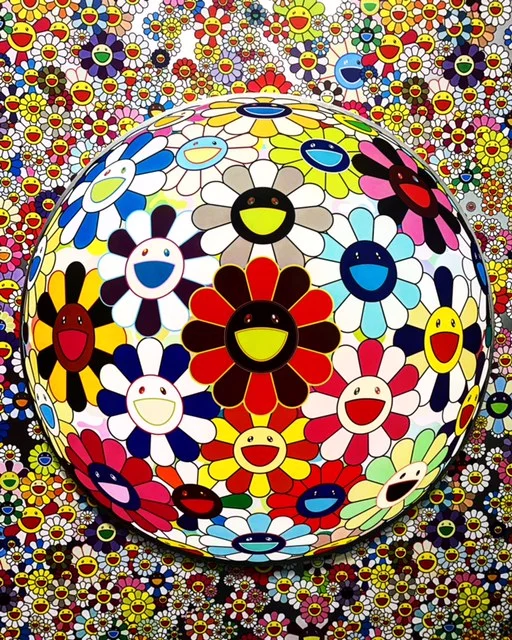The Murakami Series: Eliminating the Lines Between Low Art, Fine Art and Commerce
Through September 24th, 2017, the Museum of Contemporary Art in Chicago is holding an exhibition of the work of Takashi Murakami called "The Octopus Eats Its Own Leg". The exhibition features 50 works spanning 3 decades of his career.
I went to see it over the weekend and it was fantastic - not only fascinating for the art that was on display, but also for how Murakami operates at the intersection of art, commerce and popular culture.
His process was also eye opening for me. It did away with the idea of the artist as the lonely laborer, toiling away for years in solitude, to create work that would be seen by a few and owned by even fewer. His process is organized and executed with discipline, with a team of 100 people.
If you, like me, believe that there is an art to business, to our careers and to our lives, then I think you'll find this series (along with the quotes and excerpts I've included) especially interesting.
In fact, I found the exhibition so inspiring that this week, I'll be doing a daily post through Friday, sharing some of the work on display, as well as interesting comments I read and heard about Murakami and his approach.
Today is the first of the five posts - I hope you enjoy it as much as I did, and please do check out the exhibition, if you happen to be in Chicago.
It is one of Murakami's dearly held tenets that demarcations between fine art and popular merchandise are completely un-Japanese. The Japanese language didn't even have a word for ''fine art'' in 1868, when Japan embraced the West in the Meiji Restoration; only afterward did the country import this foreign ''art'' notion and create a vocabulary for it. The blurring of high and low remains characteristic of Japanese society. The New York Times Magazine
"My concept is, anytime we do the honest thing, we get the win,'' Murakami said. ''People find it very difficult to find their honest desire. Andy Warhol did that. Warhol is a master artist for me because he was a really honest person." The New York Times Magazine







